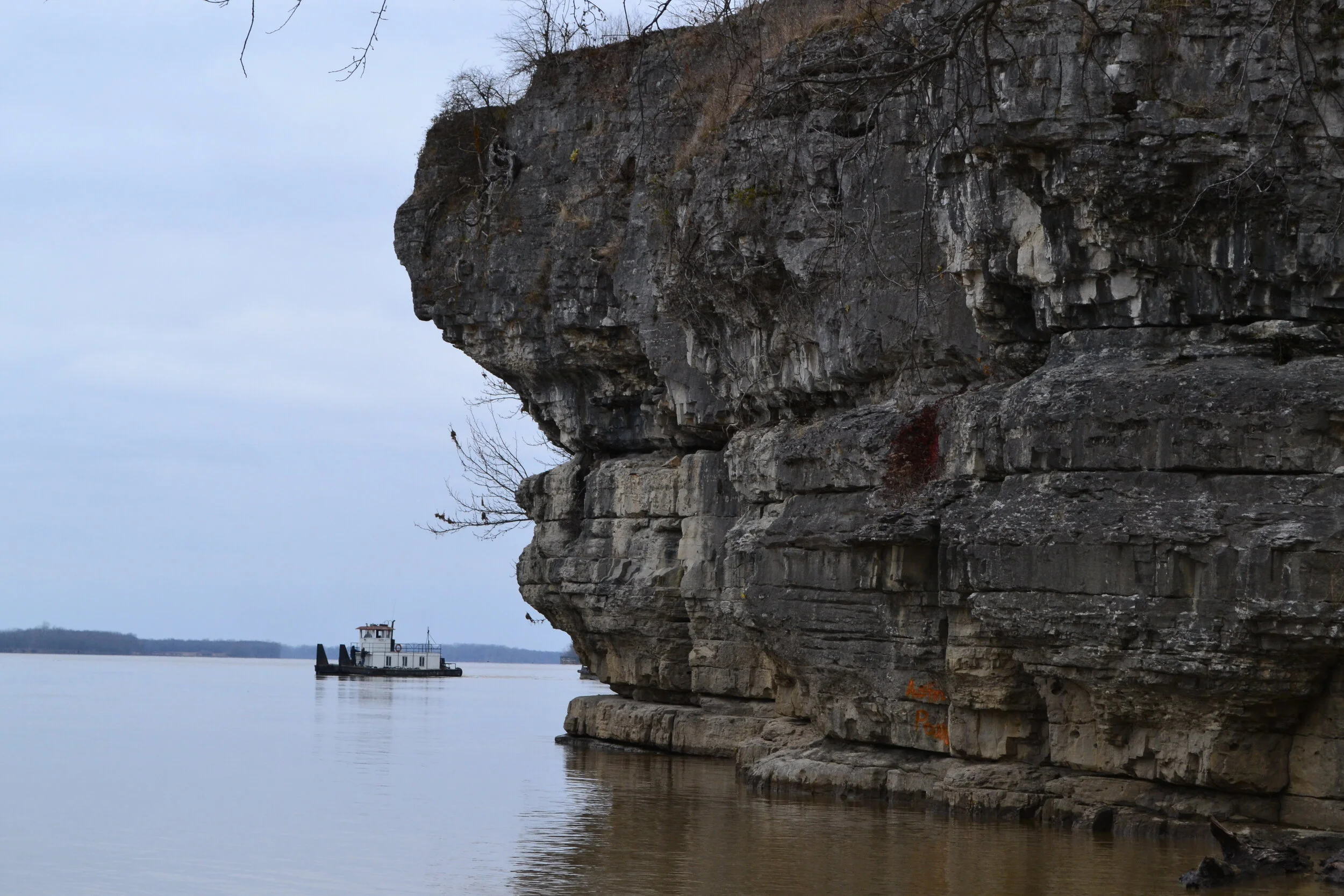A Prairie Prelude
In late February 1891, professor Charles E. Bessey paced the yawning corridors of Nebraska Hall. His beard grew wild as a Russian thistle, and though he looked as though he could fall asleep at will, his soft brown eyes perpetually listing, the 45-year-old botanist was “considerably provoked,” he would later write. He quizzed faculty throughout the building, scuttling from one room to the next. Did they own property out west? Did they know anyone who did?
After so many years insisting that pine trees once swaddled the Nebraska Sandhills out west; after zealously championing the benefits of reforestation; after so much research and field work and travel, Bessey now had a formal offer from Washington waiting on his desk.
“I should like to start an experiment there in planting Pinus ponderosa,” wrote Bernhard Fernow, chief of the Division of Forestry. “I have a small amount of money that I could devote to such a purpose. I now would like your cooperation and suggestions.”
The federal government would provide the seedlings, but only if Bessey supplied both the land and the labor. Not only was his current schedule an impenetrable thicket of administrative headaches, but he didn’t own a spit of property in the Sandhills.
The dream was already wilting by the time he entered Room 10. Inside, his friend Lawrence Bruner, a young grasshopper expert, sat behind the desk. He looked electric: short-cropped hair standing on end, ruddy cheeks, eyes ablaze. And as luck would have it, he told Bessey, he and his brothers had filed a homestead claim in Holt County, four miles southwest of Swan Lake, on the eastern fringe of the Sandhills. The soil was too sandy and the wind never quit and they would gladly volunteer a few acres for such a noble cause.
“Get your trees,” Bruner told him, “and we will see that they are cared for.”



![RAIN IN ITS SEASON [PART 1]](https://images.squarespace-cdn.com/content/v1/586a9ad8579fb3ccd8a013ec/1590067166326-OYUASD55VFEA8Y08PIDN/RainPart1%2B%25282%2529.jpg)

